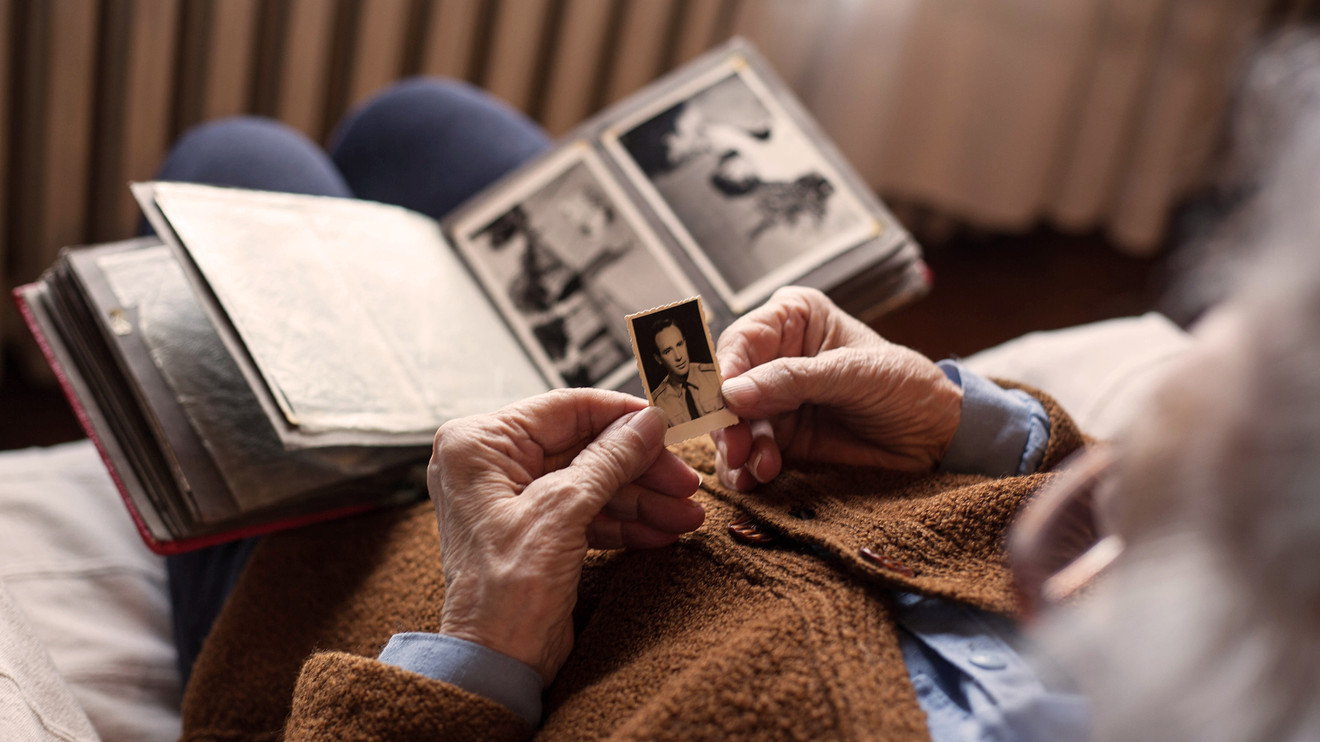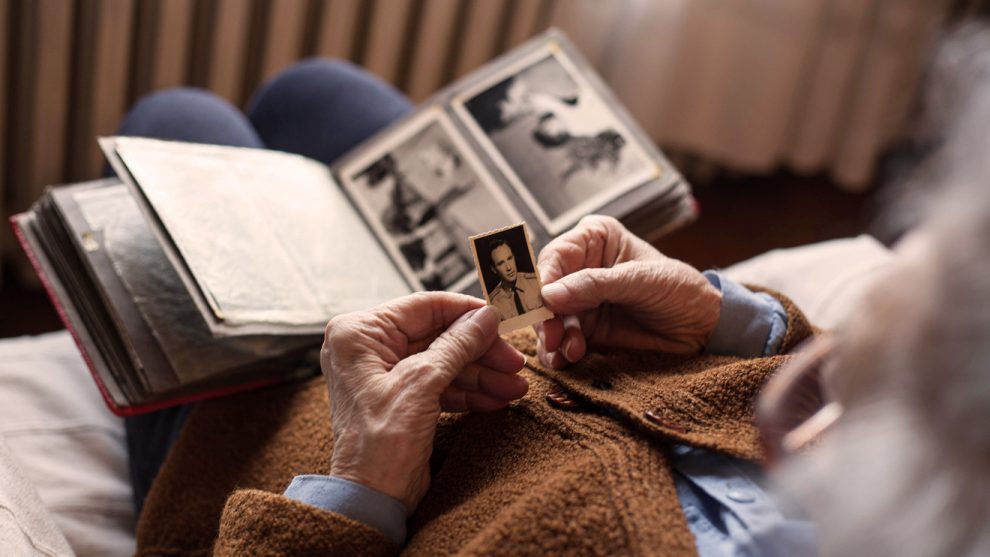
This article is reprinted by permission from NextAvenue.org.
Are you constantly forgetting where you left your keys or noticing it takes you longer to remember names than it did a few years ago? You’re not alone.
More than half of adults begin to struggle with age-related memory issues by age 60, according to Harvard Medical School.
The good news is memory lapses are a normal part of the aging process — yet, that doesn’t make them any less frustrating. That’s why many research teams at renowned universities around the country are exploring how new technologies can play a role in slowing or reversing age-related memory loss.
Types of memory
Before understanding how these technologies might work, you must first know that there are two basic types of memory: short-term and long-term.
“Most people will say, ‘I can’t remember what I had for breakfast — there goes my short-term,’ or, ‘I can’t remember 10 years ago — there goes my long-term,’” says Dr. Harry D. Schneider, neurolinguistics consultant for the Brain Function Laboratory at Yale University School of Medicine. However, short-term memory, which makes up to 50% to 75% of what we use every day, is anything that is 30 seconds or less, Schneider says. Everything else is considered long-term memory.
“Memory begins with learning and sensing something — feeling, touching, hearing, smelling,” Schneider notes. That’s why short-term memory is also known as working memory. An example of this: recalling a seven-digit phone number that you read or heard.
Also see: Use this $9 item each day to improve your memory
On the other hand, long-term memory is anything longer than 30 seconds. Part of this is regular long-term recall, such as remembering names; and part of it is unconscious memory, or all the things you do automatically without thinking about them, like running or riding a bike. “If we had to consciously remember everything, we’d overload and stop functioning,” Schneider says.
Transcranial Magnetic Stimulation
In April 2019, Northwestern University released results of a new study that showed how one technology could help restore regular long-term recall memory in older adults to the level of that in young adults. Lead by Joel Voss, associate professor at Northwestern’s Feinberg School of Medicine, the study used a technique called Transcranial Magnetic Stimulation, or TMS.
A form of noninvasive brain stimulation, TMS works by sending electromagnetic pulses into specific areas of the brain. Voss’ team targeted a region of the brain called the hippocampus, which helps you recall two unrelated things at the same time — for example, where you left your cellphone and your neighbor’s name.
Because the hippocampus is located too deep within the brain to stimulate non-invasively with TMS, the researchers focused on an area of the parietal lobe, which communicates with the hippocampus. Think of it like “a highway to the hippocampus,” says Schneider.
As part of Voss’ study, 16 participants age 64 to 80 who were experiencing age-related memory loss, took a memory test that mimicked real-world problems. After undergoing five days of TMS treatments, they retook the test. The results: Participants’ long-term recall memory improved to the level of a young-adult cohort of the same size, showing an average test improvement of 30 percent post-TMS.
“[The results] certainly are promising, but we’re in the early stages of this kind of technology,” says Aneesha Nilakantan, a cognitive neuroscientist and data scientist on the Northwestern team. “A lot more research needs to be done, especially around what time is best to start TMS, and long it will last.”
Alternative uses for TMS
Voss’ study was far from the first time TMS technology has been used to stimulate the brain. Yet, it’s among the initial studies focused on memory loss. Psychiatrists around the country have been using TMS to treat depression for several years.
Dr. Ryan Wakim, a board-certified psychiatrist and president and CEO of Transformations TMS centers in Pittsburgh and West Virginia, treats patients with depression using TMS. He does this using NeuroStar Advanced Therapy, which manufactures the TMS Therapy System.
The Food and Drug Administration (FDA) approved TMS for treating depression in 2008, and for obsessive compulsive disorder in 2018. While those are the only current FDA on-label uses for the machine, Wakim sees great potential for treatments to expand in the future.
Don’t miss: Consumers could get up to $20,000 apiece in Equifax settlement — how to get your share
“For a while I said [TMS] is the future of psychiatry,” he says, “but I realized in the last 12 months that it’s really the future of the brain.”
Another technology for reversing memory loss
There is a slight risk — less than 0.1% — of seizures with TMS treatment. And certain factors can increase that risk, such as sleep deprivation, family history of seizures, alcohol use and a previous neurological condition, according to a 2015 article published in the journal Neuropsychiatric Disease and Treatment.
Schneider specializes in another type of noninvasive brain stimulation, called Transcranial Direct Current Stimulation, or tDCS, that has an even lower risk for seizures.
It differs from TMS in a few ways. One, it’s much more portable. The machine itself is about the size of a deck of cards, and it’s wired to two small sponge electrodes that you put on your scalp and cover up with a headband. Rather than being confined to a chair, as with TMS treatments, patients undergoing tDCS can put the gadget into a fanny pack and walk around.
Second, it works with a smaller dose of magnetism and electricity. “Imagine if you wanted to turn on a light switch, and the switch was the size of a grain of rice,” says Schneider. “You won’t feel anything, but it will begin to change some of the chemicals floating around in your brain.”
The biggest effect of tDCS is it begins to change the way your brain is wired, affecting its neuroplasticity. Think of it like a bypass, Schneider says. If one part of your brain is blocked and not working (i.e., having memory problems), tDCS can slowly build up a new neural pathway that bypasses that section.
Again, more research is needed, but there have been studies showing that strategically applied tDCS can temporarily improve thinking skills in healthy older adults, says Tracy Vannorsdall, a neuroscientist at Johns Hopkins Medicine in Baltimore.
Related: Want to do your job better? Use your ‘jazz brain’
However, “We are still working to determine what brain regions to target to optimize cognition in older adults, how frequently to apply tDCS and what cognitive training activities should accompany the stimulation,” Vannorsdall adds.
Non-tech ways to improve memory loss
If you’re experiencing some age-related memory loss but not ready to seek technology-based treatment (or it isn’t available in your area), there are other actions you can take. Here are a few tips from the experts for strengthening your memory:
- Don’t stress. “When you get anxious and think your memory is going down the drain, it does,” Schneider says. It turns into a self-fulfilling, yet temporary cycle. So, chill out and realize this is normal.
- Evaluate your diet. A healthy diet is important for maintaining good memory function. Also, a few studies have shown that restricting calories improves memory in older adults.
- Exercise. Vigorous physical exercise, if you are able to do it safely, is the best thing you can do for your memory. Find a way to get 30 minutes of vigorous exercise a few days a week.
- Try something new. Engaging in new activities that keep you socially and physically active, such as ballroom dancing or gardening clubs, are great ways to keep your brain sharp as you age.
- Limit alcohol. Keep consumption to, say, half a glass of wine a day or less.
- Learn another language. This is the single best thing for keeping your mind in tune, Schneider says, because it requires your conscious memory to work hard.
Kelsey Ogletree is a freelance writer based in Chicago covering travel, food, health and wellness for magazines like Shape, AARP, Architectural Digest and more.
This article is reprinted by permission from NextAvenue.org, © 2019 Twin Cities Public Television, Inc. All rights reserved.






